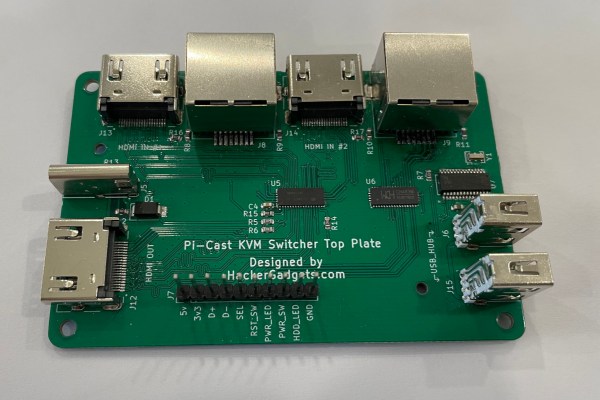Bench power supplies can sometimes be frustratingly expensive and also kind of limited. If you’re enterprising and creative, though, you can create your own bench supply with tons of features, and it doesn’t have to break the bank either. Do what [Maker Y] did—grab an ATX supply and get building!
ATX power supplies work as a great basis for a bench power supply. They have 12 volt, 3.3 volt, and 5 volt rails, and they can supply a ton of current for whatever you might need. [Maker Y] decided to break out these rails on banana plugs for ease of access, and fused them for safety, too. But the build doesn’t stop there. [Maker Y] also added a buck-boost converter to provide a variable voltage output from 1 to 30 volts for added flexibility. As a nice final touch, the rig also features a pair of USB A ports compatible with Quick Charge 3.0, for keeping smart devices charged while working in the lab.
[Caelestis Workshop] also designed a fully enclosed version if you prefer that style. Check it out on Instructables.
No matter which way you go, it’s a pretty simple build, with a bunch of off-the-shelf parts tossed together in a 3D printed housing. Ultimately, though, it’s got more functionality than a lot of cheap off-the-shelf bench supplies. You can build it just about anywhere on Earth where you can get cheap eBay parts via post. Continue reading “Turning An ATX PSU Into A Variable Bench Supply”


















